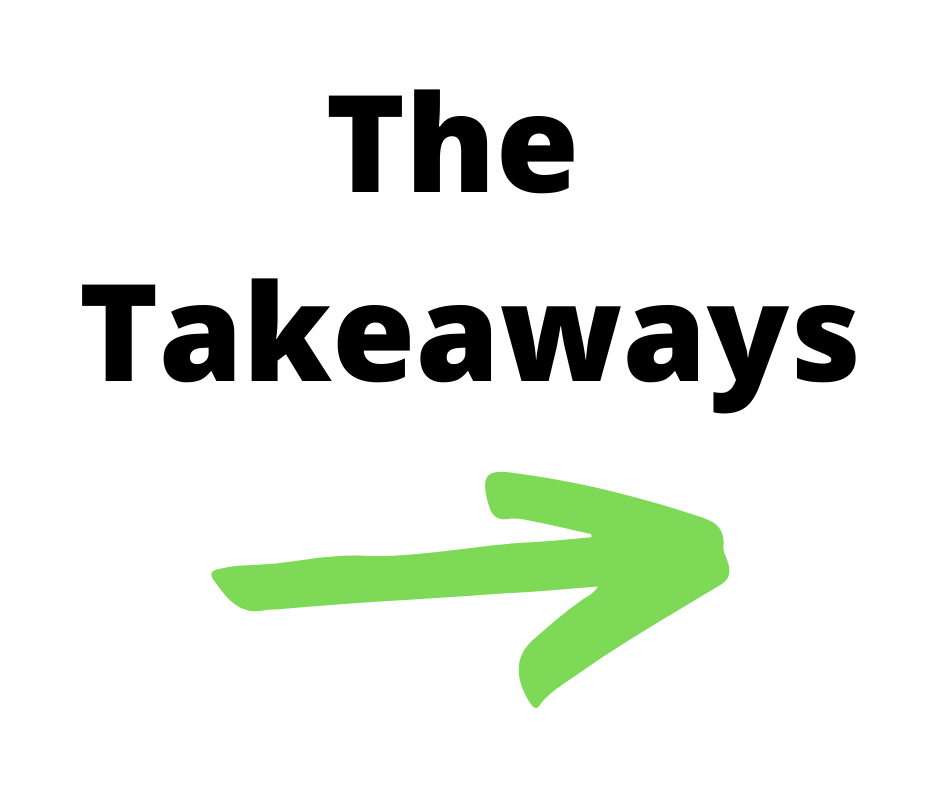For anyone raising a teenager right now – I see you, I feel you, and holy [insert your choice expletive], I am with you.
It is emotionally exhausting.
Way harder than the 2s and 3s . I would happily trade one teen for one – or even two – toddlers right now. Honestly, teens are potty-trained toddlers in big bodies.
If you don’t have a teen, but work with someone, are friends with someone or have a family member with one, tell those parents they are doing a great job.
I keep reminding myself I’m learning so many life lessons. Patience. Compassion. Resilience. Self-care. Boundaries.
But the biggest lesson that keeps coming through loud and clear is this:
Teens just want to be heard.
They don’t want your opinion. They just want you to acknowledge what they’re saying.
One way to do this is through reflective listening. My therapist introduced me to this technique. Basically, all you do is mirror back whatever statement someone says but framed as a question. You refrain from any emotion or judgment – regardless of how outrageous their statement may seem.
Putting it into practice.
Here’s how reflective listening has looked with my kid.
My teen :: “I don’t see the purpose in school.”
Me :: “Ah, you think school is pointless?”
My teen :: “I really hate you and my dad right now.”
Me :: “So you hate me right now?”
My teen (in response to me saying I needed a break sometimes as a single parent): “Well I never get a break from you or my dad!”
Me :: (oops. did not practice reflective listening.)
Initially I thought “This is stupid. There is no way this is going to work.”
But weirdly, it did. The more I reflected back what my teen said, the quicker their emotions dissipated. And even more surprising, the more they opened up — instead of the usual “I don’t know” angsty response to my typical litany of questions.
Lesson for grown ups
Is there a lesson here for adults in adult relationships? Maybe it’s that people — no matter what age — just want to be heard. If they want advice, they’ll ask for it.
Most of all, they just want to feel seen and acknowledged.
And maybe, just maybe, all of us could benefit from listening more – and judging less.
To learn more about Reflective Listening, check out the video below for an additional explanation and examples.




